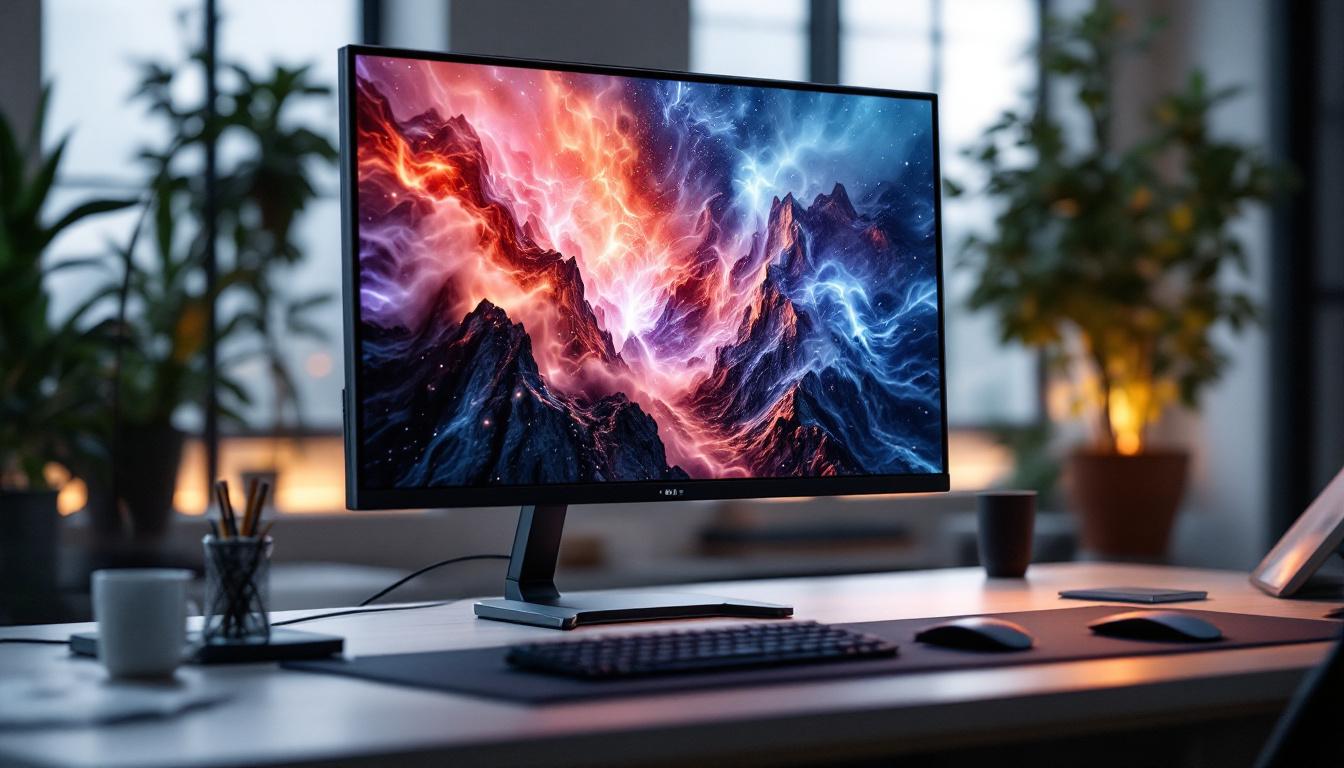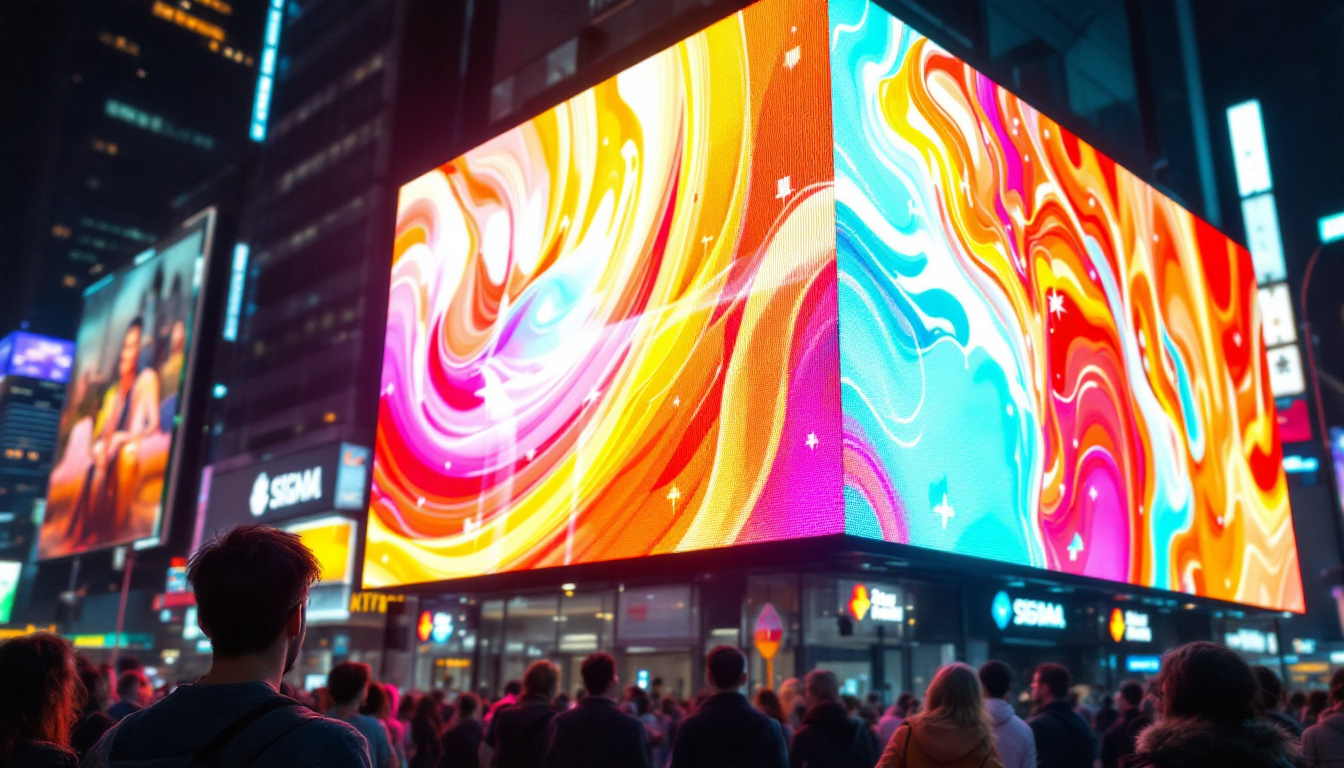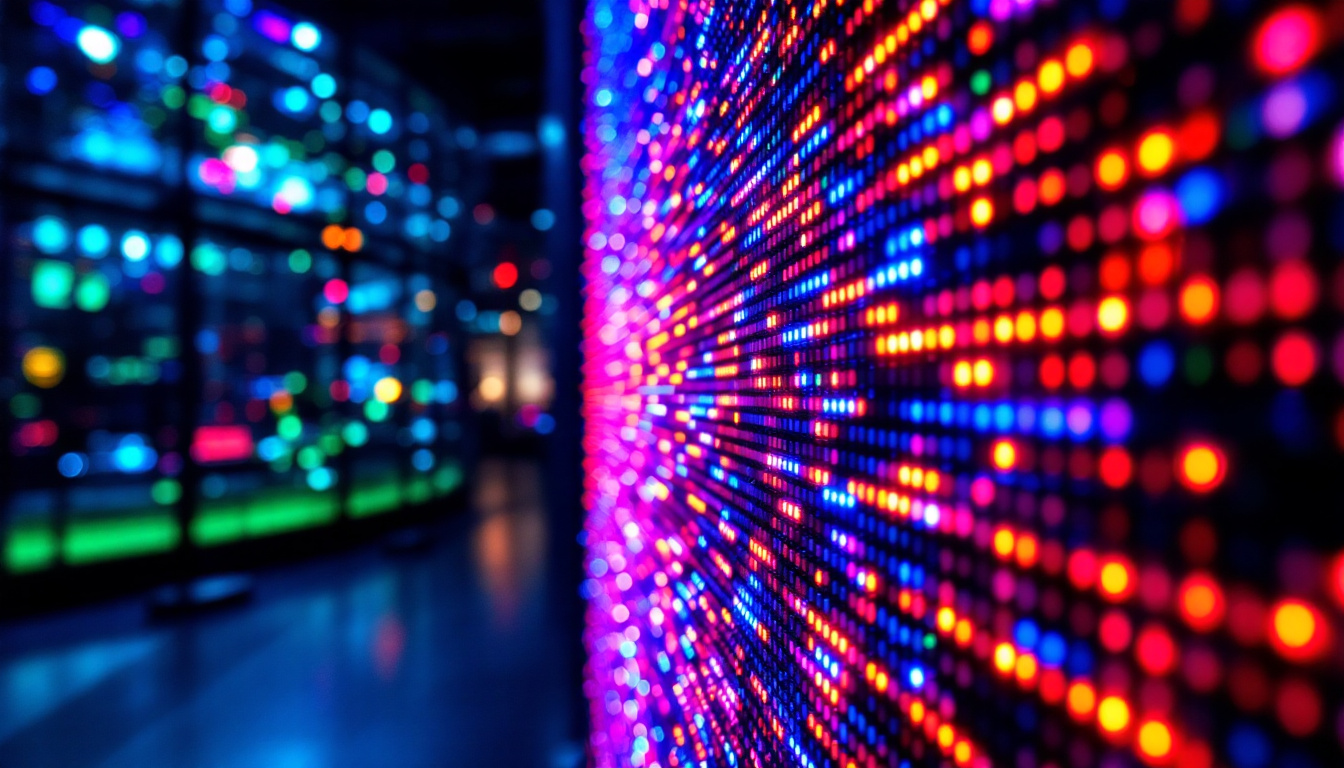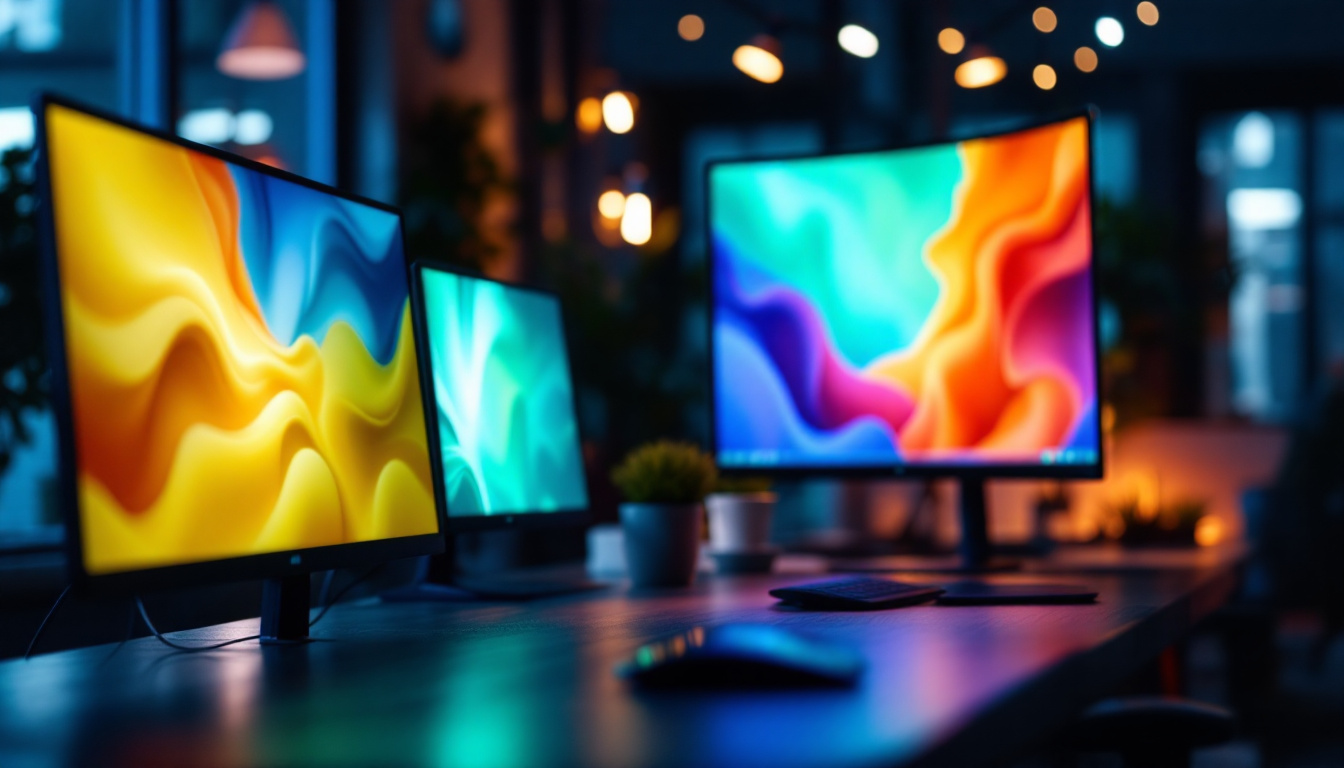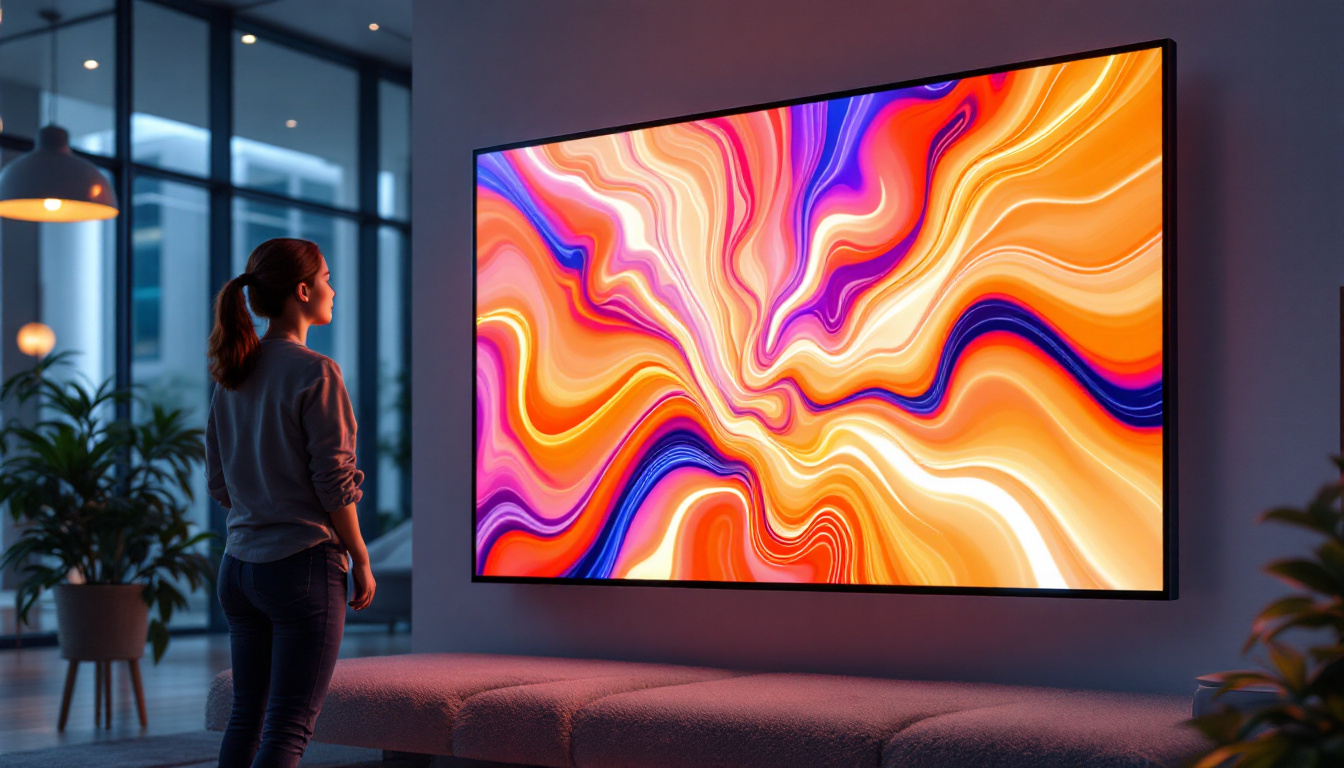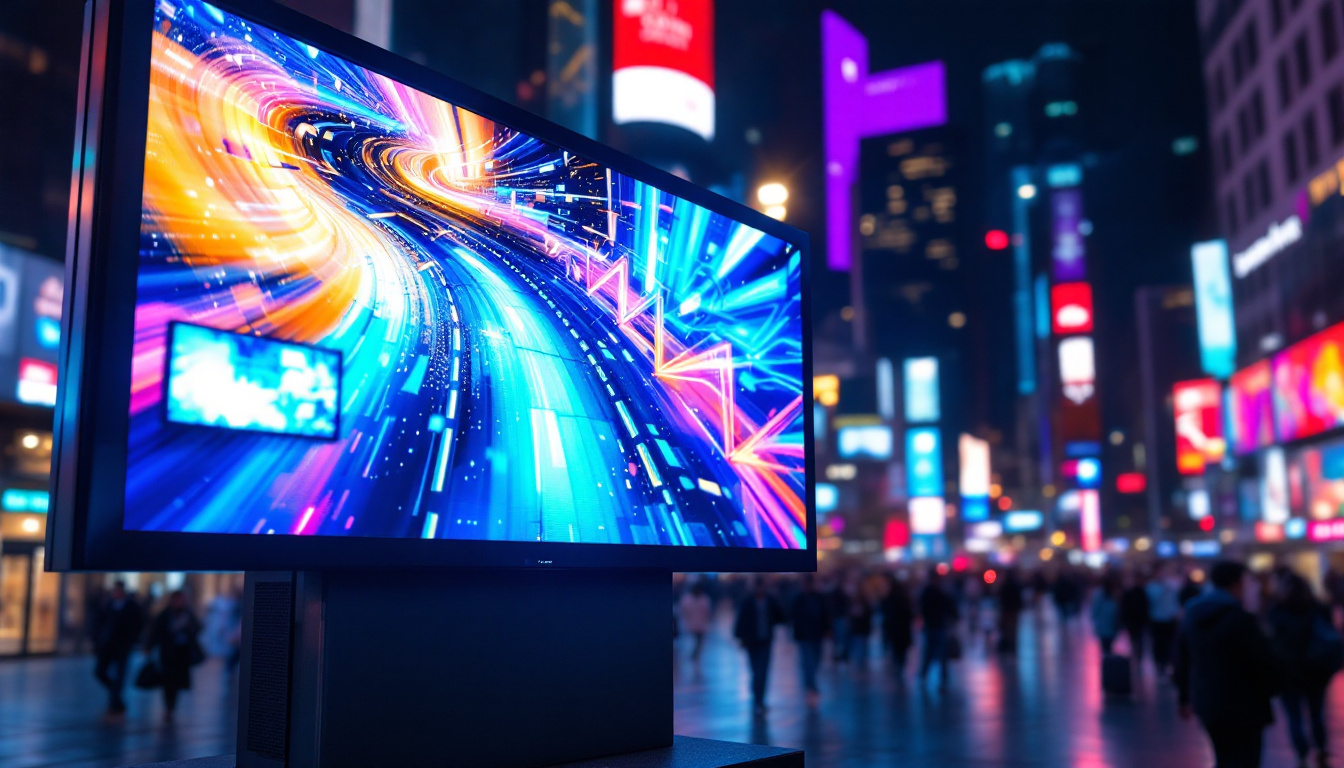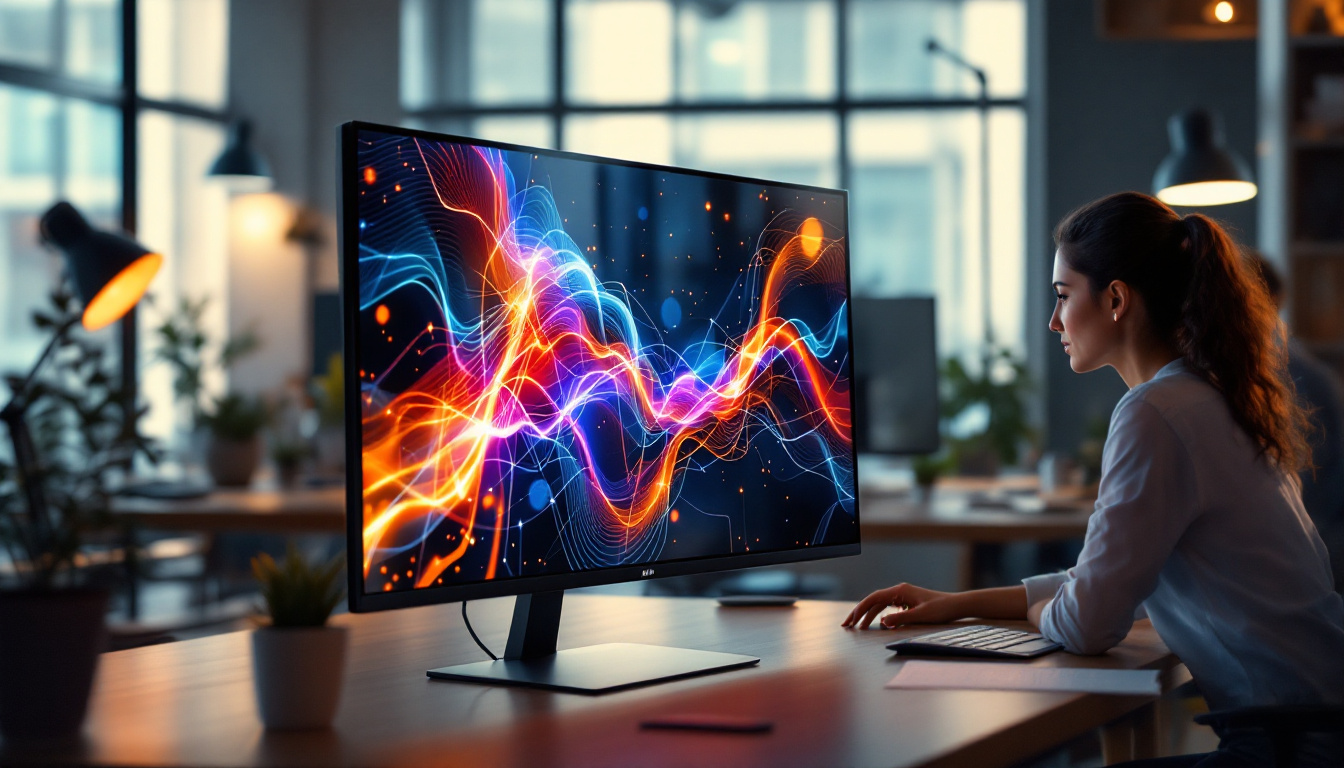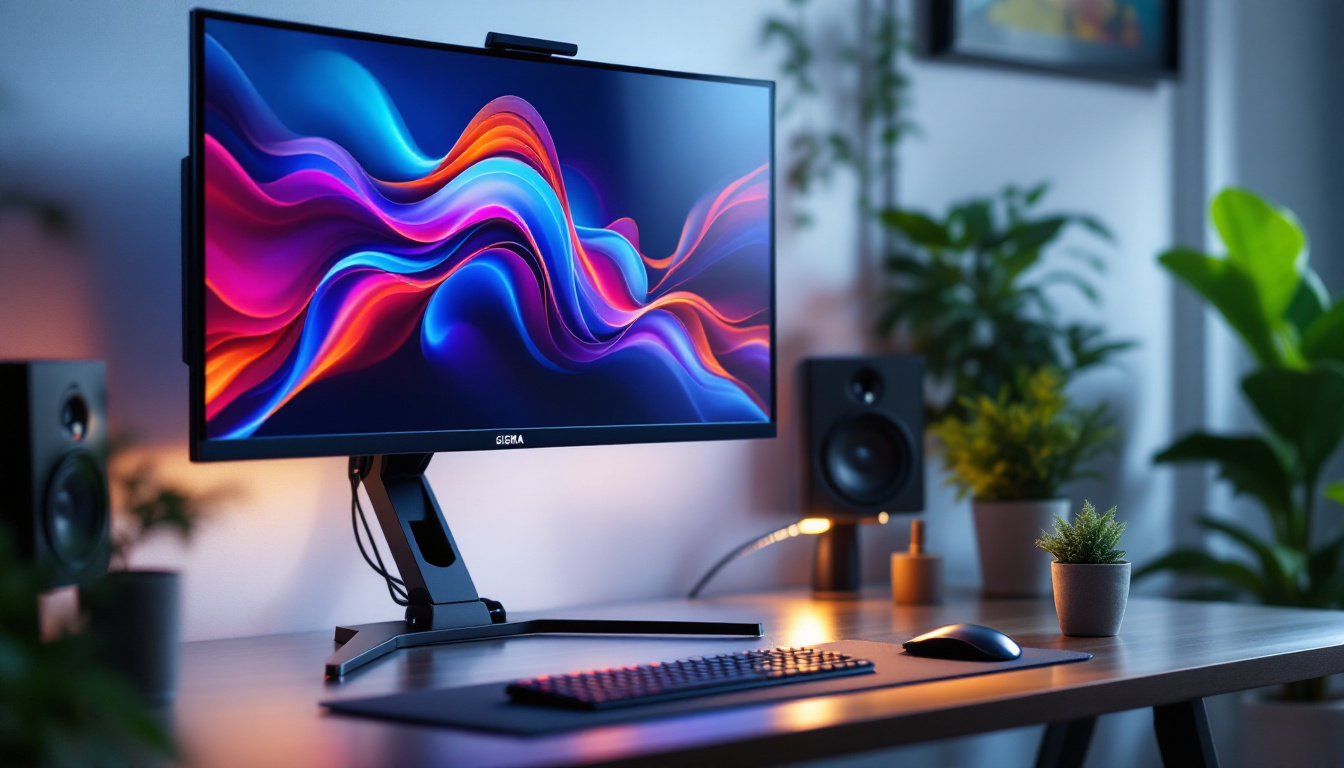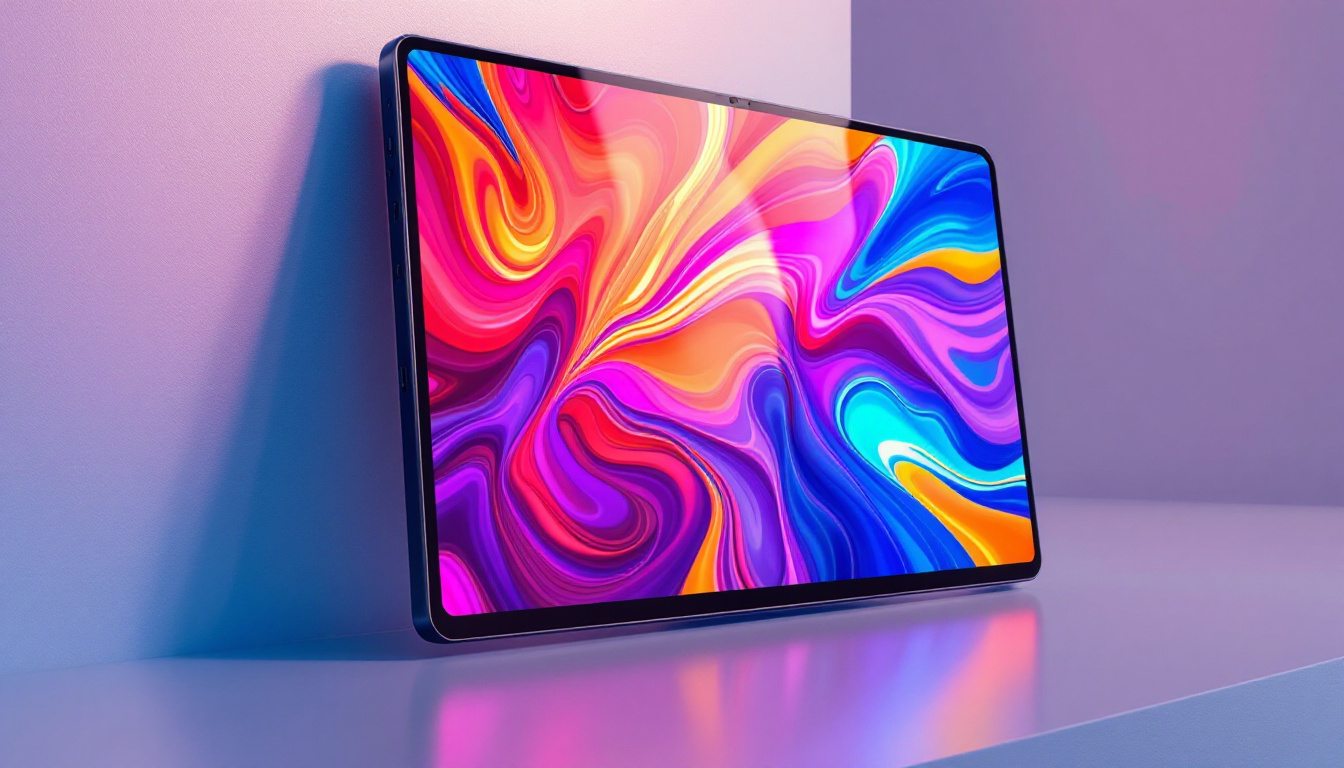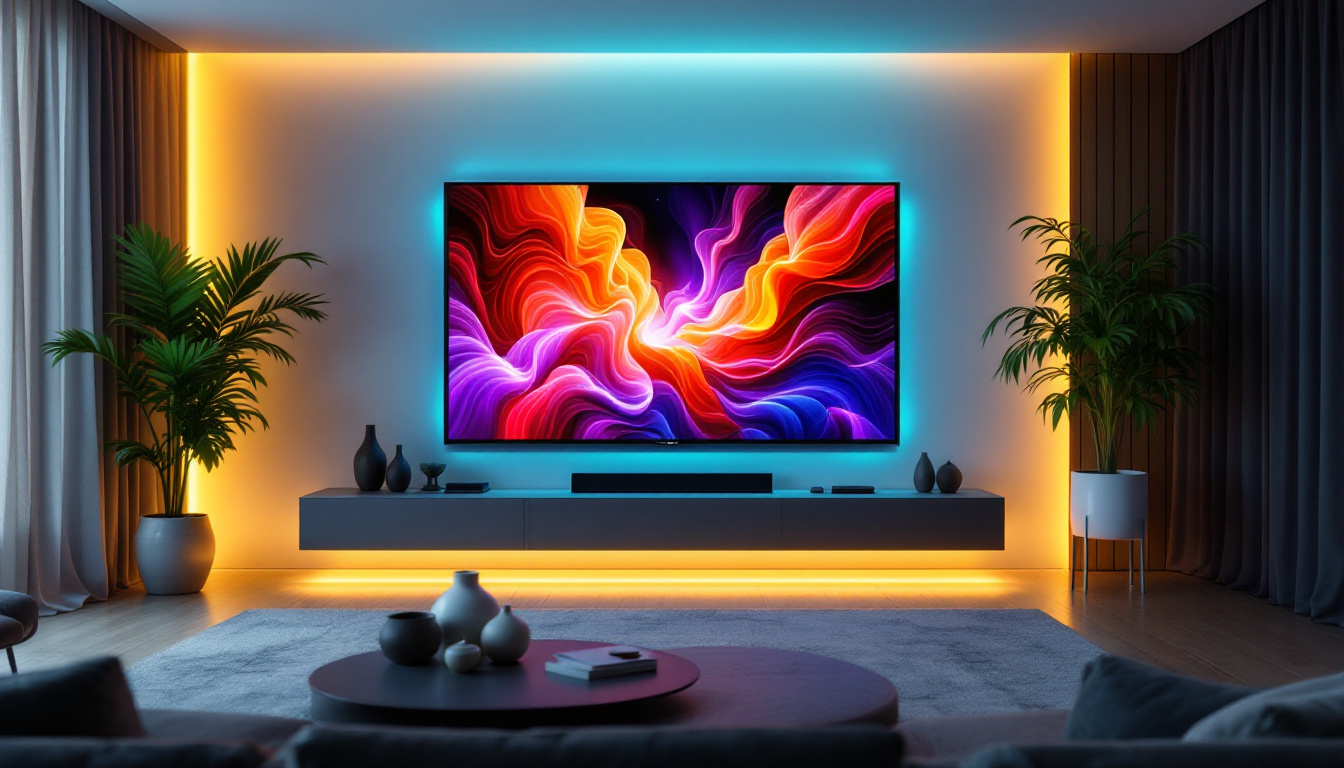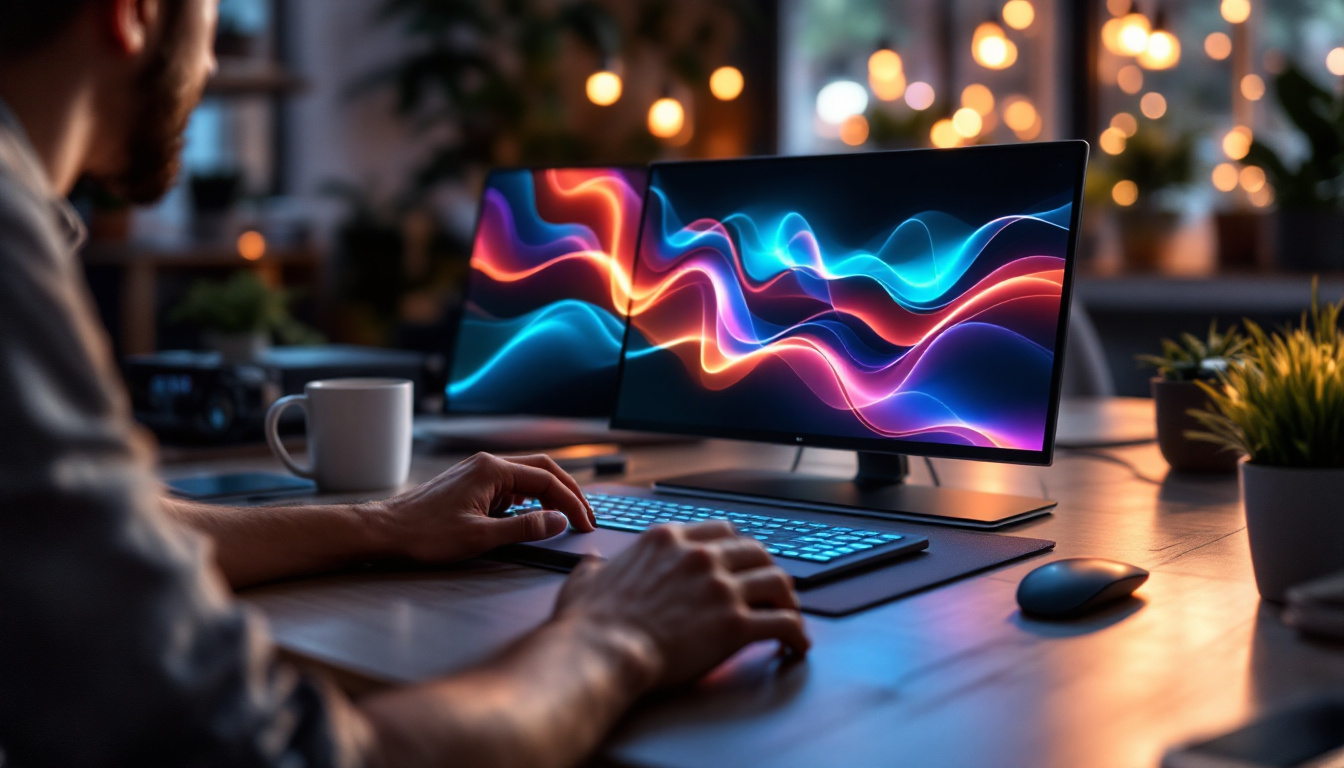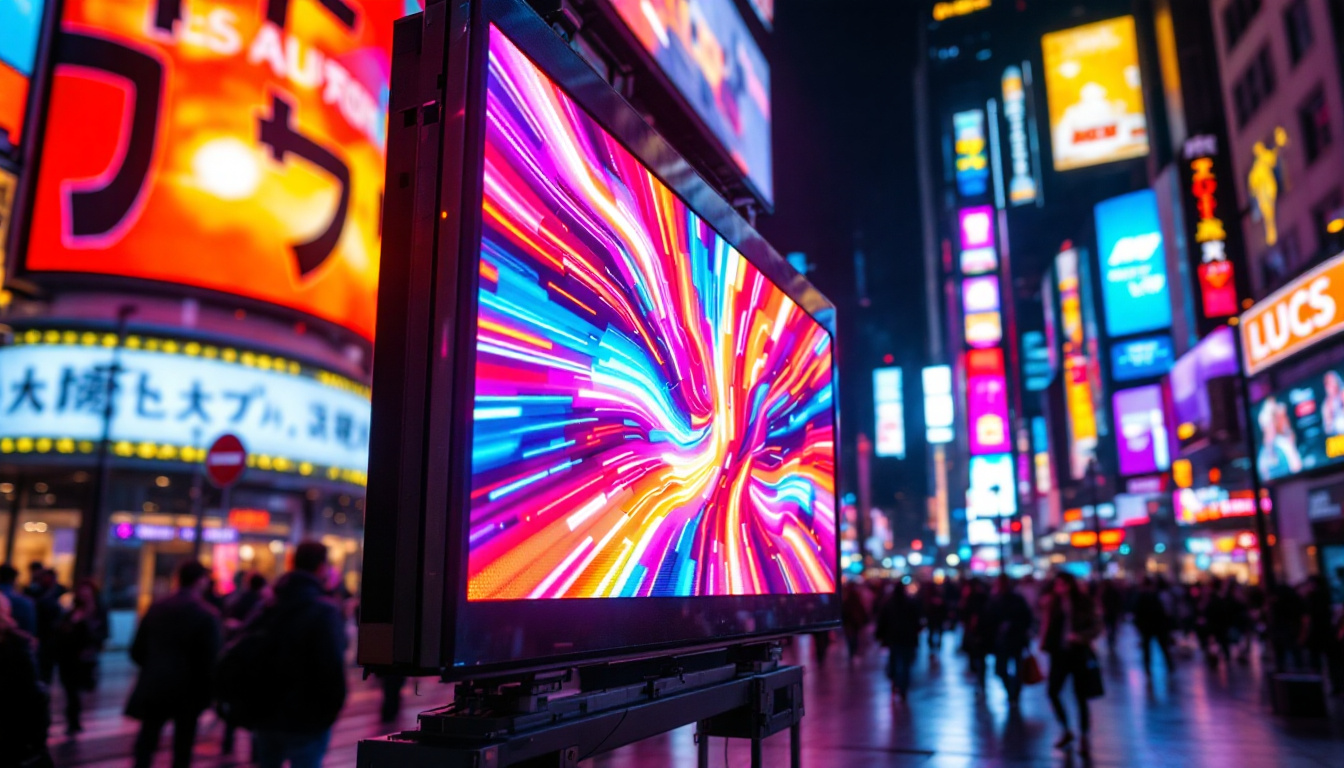In today’s digital world, the quality and setup of your computer display can significantly impact productivity, comfort, and visual experience. Whether you’re a professional designer, a gamer, or someone who spends hours in front of a screen, understanding the nuances of LED displays and the importance of a proper monitor stand is essential. This comprehensive guide will delve into the technology behind LED monitors, the benefits of using a monitor stand, and how to optimize your workspace for the best viewing experience.
Understanding LED Displays: Technology and Advantages
What is an LED Display?
LED stands for Light Emitting Diode, a technology that has revolutionized the way screens are illuminated. Unlike traditional LCDs that use cold cathode fluorescent lamps (CCFL) for backlighting, LED displays utilize tiny diodes that emit light when an electric current passes through them. This fundamental difference leads to several advantages in terms of brightness, color accuracy, and energy efficiency.
Modern LED monitors often employ edge-lit or full-array backlighting. Edge-lit LEDs are positioned around the edges of the screen, allowing for thinner panels, while full-array LED displays have LEDs spread uniformly behind the screen, providing better contrast and local dimming capabilities. The evolution of these technologies has made it possible to create displays that not only enhance visual quality but also cater to diverse applications, from home entertainment systems to professional-grade monitors used in graphic design and video production.
Benefits of LED Monitors Over Other Display Types
LED displays offer numerous benefits compared to older technologies like CCFL LCDs and even some OLED screens. One of the key advantages is energy efficiency. According to the U.S. Department of Energy, LED backlighting can reduce power consumption by up to 40% compared to CCFL backlights, which translates to lower electricity bills and a smaller environmental footprint. This energy efficiency is particularly appealing to businesses looking to reduce operational costs while maintaining high-quality displays.
Additionally, LED monitors provide superior brightness levels, often reaching up to 600 nits or more in high-end models. This makes them suitable for environments with strong ambient lighting. The improved contrast ratio and color gamut also make LED displays ideal for professional photo and video editing, where color accuracy is paramount. Furthermore, many LED monitors now support high dynamic range (HDR) content, which enhances the viewing experience by delivering a wider range of luminosity and richer colors, making movies and games more immersive than ever before.
Common Types of LED Displays
There are several types of LED displays available on the market, each catering to different user needs:
- Edge-Lit LED: LEDs are placed along the edges of the screen. This design allows for slim monitors but may have uneven brightness across the screen.
- Full-Array LED: LEDs are distributed evenly behind the screen, providing better uniformity and local dimming for deeper blacks.
- Mini-LED: A newer technology that uses thousands of tiny LEDs for even more precise backlighting control, enhancing contrast and HDR performance.
- OLED: Although technically not LED backlit, OLEDs use organic LEDs that emit their own light, offering perfect blacks and vibrant colors but often at a higher cost and with potential burn-in issues.
In addition to these common types, there are also specialized LED displays designed for specific applications. For instance, outdoor LED displays are built to withstand harsh weather conditions, making them ideal for billboards and public signage. These displays often use larger pixels and higher brightness levels to ensure visibility even in direct sunlight. Similarly, transparent LED displays are gaining popularity in retail environments, allowing for innovative advertising solutions that do not obstruct the view of products behind them. This versatility in design and application showcases the adaptability of LED technology across various industries.
The Role of a Monitor Stand in Enhancing LED Display Experience
Why a Monitor Stand Matters
While the technology behind LED displays is crucial, the physical setup of your monitor plays an equally important role in your overall experience. A monitor stand is not just a simple accessory; it is a key ergonomic tool that can prevent strain, improve posture, and optimize your viewing angle.
Research from the Occupational Safety and Health Administration (OSHA) emphasizes that improper monitor height and distance can lead to neck pain, eye strain, and even long-term musculoskeletal issues. A good monitor stand allows users to adjust the height, tilt, and sometimes swivel of their screens, aligning the display with their natural line of sight.
Types of Monitor Stands and Their Features
There are several types of monitor stands available, each with unique features tailored to different needs and setups:
- Fixed Stands: These come attached to the monitor and offer minimal or no adjustability. They are common in budget monitors but may not provide optimal ergonomics.
- Adjustable Stands: Allow height, tilt, and swivel adjustments. These stands improve comfort and are often included with mid-range to high-end monitors.
- Monitor Arms: These are clamp-mounted or grommet-mounted arms that offer maximum flexibility, including rotation and extended reach. They free up desk space and enable multi-monitor setups.
- Desk Riser Stands: Platforms that elevate the monitor to eye level. They are simple solutions for users who want to improve posture without replacing the existing stand.
Ergonomic Benefits of Using a Monitor Stand
Proper monitor positioning can reduce the risk of repetitive strain injuries and improve overall comfort. The ideal monitor height is such that the top of the screen is at or slightly below eye level, and the screen is about an arm’s length away. This setup minimizes the need for excessive neck movement and reduces eye fatigue.
Moreover, adjustable stands allow users to switch between sitting and standing positions if used with sit-stand desks, promoting better circulation and reducing sedentary behavior, which is linked to numerous health issues.
Optimizing Your LED Display Setup with a Monitor Stand
Choosing the Right Monitor Stand for Your LED Display
The choice of a monitor stand should consider the size and weight of your LED display, desk space, and ergonomic needs. For example, a 27-inch LED monitor weighing around 8 pounds will require a sturdy stand or arm that can support its weight without wobbling.
When selecting a monitor arm, check for VESA compatibility, which is the standard mounting pattern used by most monitors. This ensures that your monitor can be securely attached to the stand or arm. VESA patterns typically include 75×75 mm or 100×100 mm configurations.
Setting Up Your Monitor for Optimal Viewing
Once you have the right monitor stand, setting up your LED display correctly is crucial. Follow these guidelines:
- Height Adjustment: Position the monitor so that the top edge is at or just below eye level. This reduces neck strain.
- Distance: Keep the monitor about 20 to 30 inches (50-75 cm) away from your eyes, roughly an arm’s length.
- Tilt Angle: Tilt the monitor slightly backward (10 to 20 degrees) to reduce glare and maintain a comfortable viewing angle.
- Screen Position: Center the monitor directly in front of you to avoid twisting your neck.
Adjusting these parameters can significantly improve comfort and reduce eye strain during prolonged use.
Additional Tips for Enhancing LED Display Performance
Beyond physical setup, optimizing your LED monitor’s settings can enhance image quality and reduce fatigue:
- Brightness and Contrast: Adjust brightness to match ambient lighting. Too bright or too dim can cause eye strain.
- Color Calibration: Use built-in calibration tools or third-party software to ensure accurate color reproduction, especially important for creative professionals.
- Blue Light Filters: Many monitors include blue light reduction modes to minimize eye strain during extended use, particularly in low light conditions.
- Refresh Rate and Resolution: Higher refresh rates (e.g., 120Hz or 144Hz) provide smoother motion, beneficial for gaming and video editing. Ensure your monitor resolution matches your work needs, with 1080p, 1440p, and 4K being common options.
Future Trends in LED Display and Monitor Stand Technology
Advancements in LED Display Technology
The LED display market continues to evolve rapidly. Mini-LED and Micro-LED technologies are gaining traction, offering even better contrast ratios, brightness, and energy efficiency. Mini-LEDs, with thousands of tiny LEDs, allow for more precise local dimming zones, which means deeper blacks and enhanced HDR (High Dynamic Range) performance.
Micro-LED displays, still emerging, promise self-emissive pixels like OLED but without the burn-in issues, making them ideal for long-term use in professional environments. These advancements will likely become more affordable and widespread in the coming years.
Innovations in Monitor Stand Design
Monitor stands are also becoming smarter and more adaptable. Some new models incorporate built-in USB hubs, wireless charging pads, and cable management systems to reduce desk clutter. Ergonomic designs continue to improve, with stands offering greater flexibility and ease of adjustment.
Additionally, with the rise of remote work, there is increased demand for portable and modular monitor stands that can be easily transported or reconfigured. This trend is driving innovation in lightweight materials and compact designs.
Conclusion: Maximizing Your LED Display Experience
The combination of advanced LED display technology and a well-chosen monitor stand can transform your computing environment. Understanding the technical aspects of LED screens helps in selecting the right monitor for your needs, while investing in an ergonomic monitor stand ensures comfort and productivity.
Whether you are setting up a home office, a gaming station, or a professional creative workspace, paying attention to both display quality and physical setup is key. With ongoing advancements in LED technology and monitor stand design, users can look forward to even better visual experiences and healthier work habits in the future.
Enhance Your Visual Experience with LumenMatrix
Ready to elevate your workspace with the latest in LED display technology? LumenMatrix is at the forefront of innovation, offering a wide range of LED display solutions tailored to meet your needs. From captivating Indoor LED Wall Displays to dynamic Outdoor LED Wall Displays, and even specialized options like Vehicle LED Displays and LED Sports Displays, LumenMatrix has the perfect solution to enhance your brand visibility and create immersive visual experiences. Embrace the future of visual communication and check out LumenMatrix LED Display Solutions today to transform your environment and engage your audience like never before.

